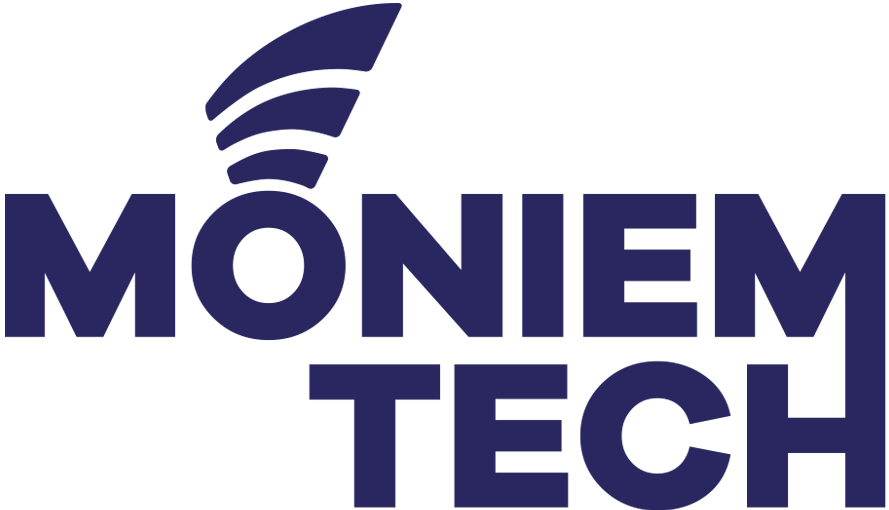Through my research I found this nice story that illustrates the three main use cases for 5G: To understand the three broad use cases that 5G wireless technology seeks to […]
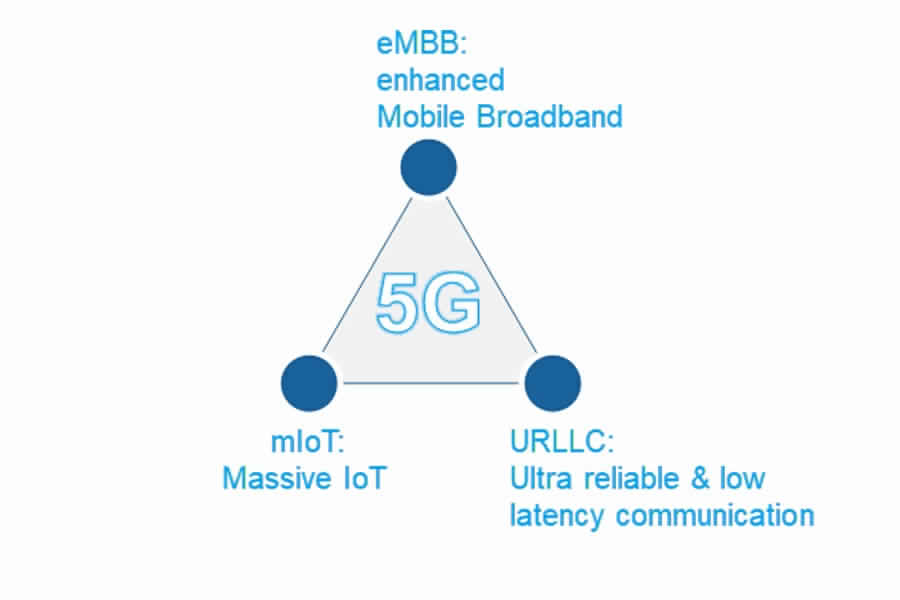

5G Core Network End-to-end flexibility is confirmed to be one of the core features of future 5G networks. This flexibility will result in large part from the introduction of network […]

Introduction 5G will give a diverse and new set of services and use cases affecting nearly every aspect of our lives. But to exceed all expectations, 5G-enabled services and applications […]
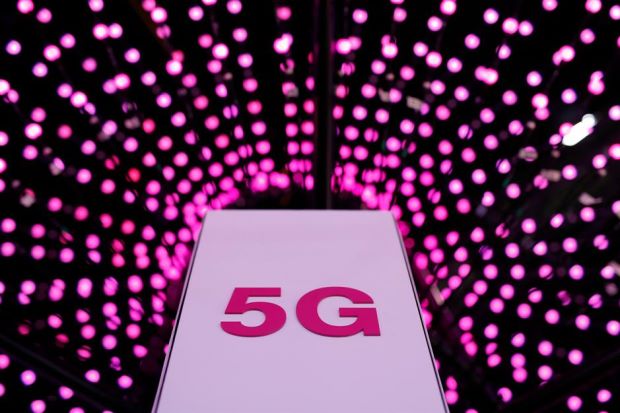
Introduction The December 2017 deadline for the primary set of New Radio (NR) technical specifications, known as early drop out/December acceleration, was finally achieved. – This acceleration was originally motivated […]
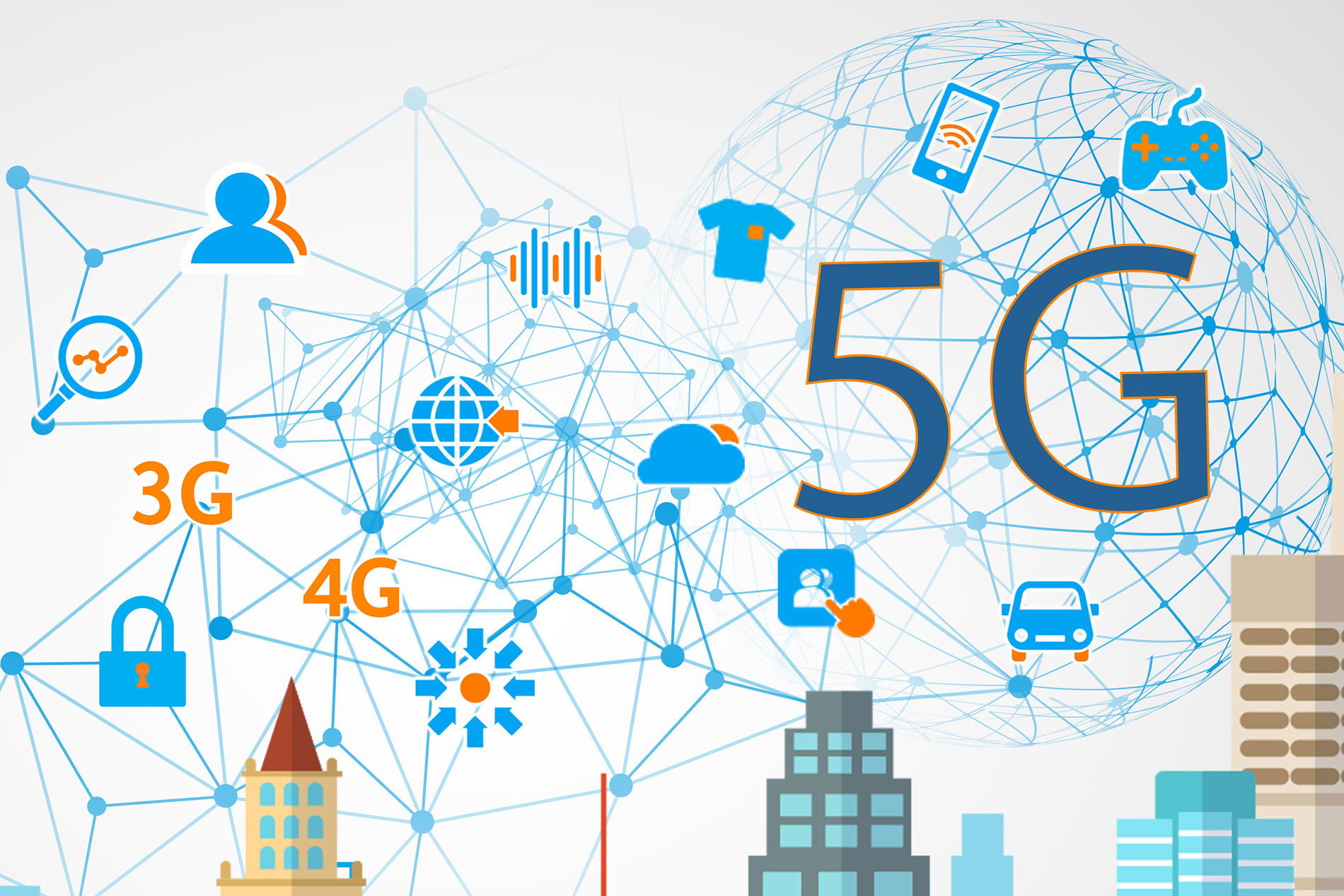
Introduction: The 5G system has the aspiration of responding to the widest variety of services and implications in the history of mobile and wireless communications listed in: Enhanced mobile broadband (eMBB). […]
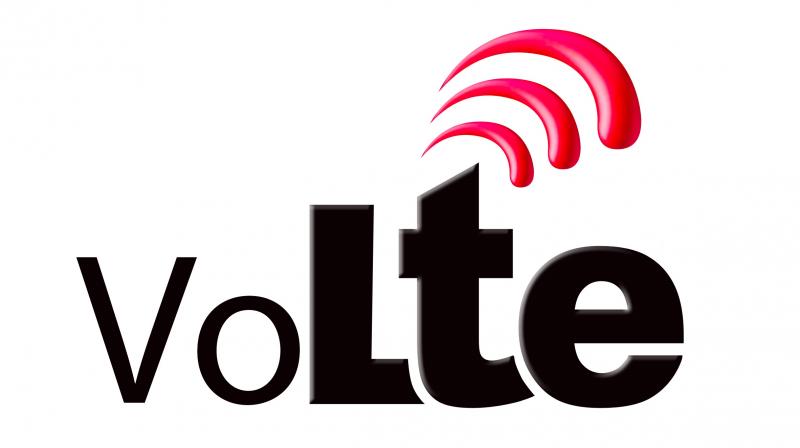
VoLTE Call Flow: Turing on the VoLTE-enabled devices (e.g., smartphones) connects it to the LTE network infrastructure. Then, two default EPS bearers are assigned – one for SIP signaling with […]
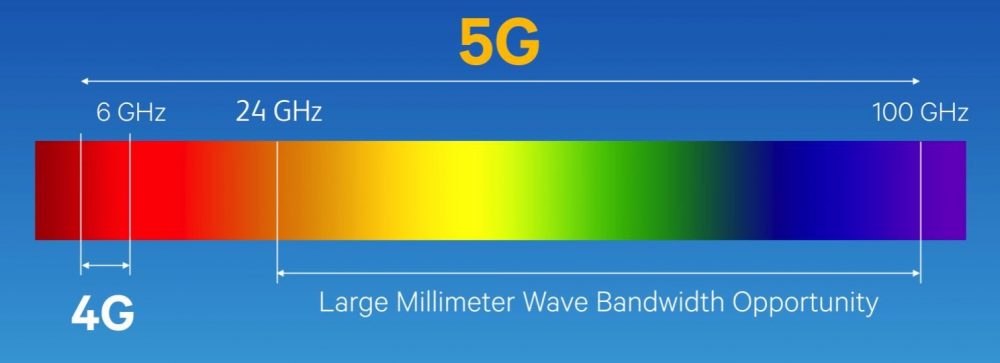
What Is mmWave? Millimeter wave is the band of spectrum between 30 to 300 GHz. it is also known as extremely high frequency. This spectrum can be used for high-speed […]
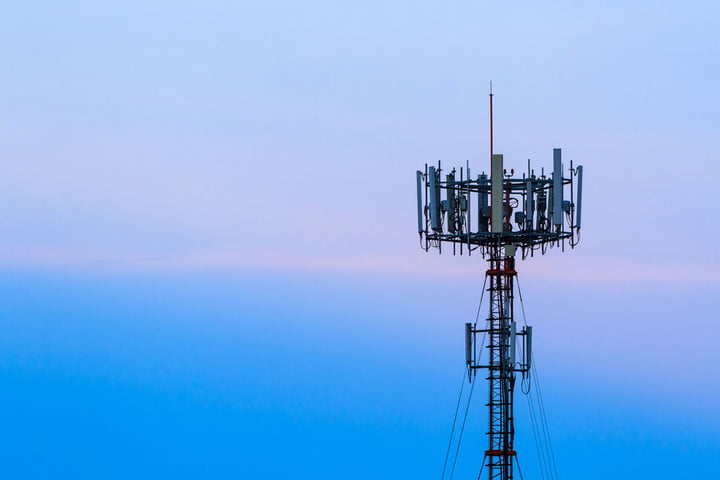
Introduction: As the standardization of 5G at the first stage has been successfully completed, 5G networks will be put into commercial use. When deploying 5G networks, carriers have to think […]
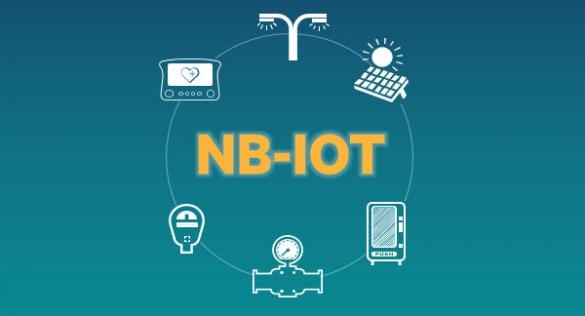
Why NB-IoT? The broad spectrum of capabilities is one of the main characteristics of Machine Type Communication (MTC). For instance, surveillance cameras deliver a massive amount of UL data while […]

Introduction The investigation of the 5G cellular network has been triggered by the great growth of wireless data services driven by mobile Internet and smart devices. The new 5G mobile […]

Introduction 5G is the future network revolution of mobile technology. The characteristics and usability are exceeding human expectations. With its extra high speed, it owns the prospects to change the […]
